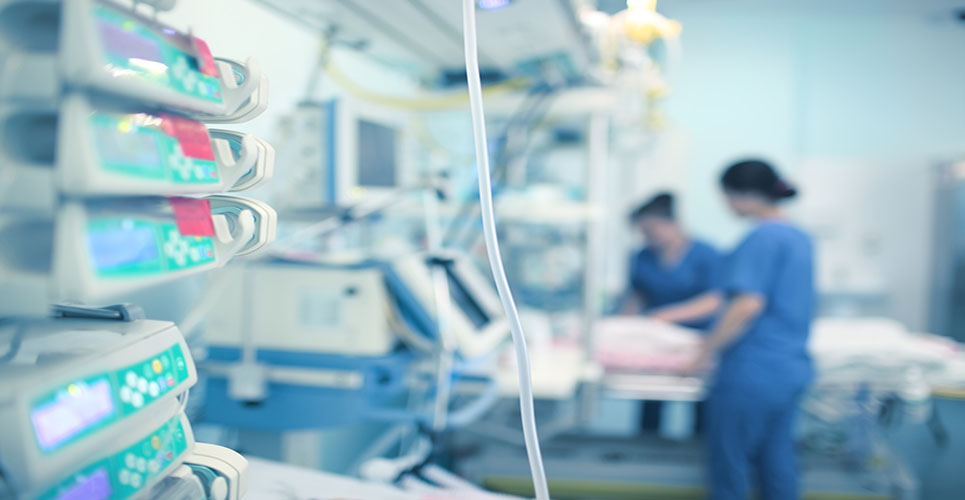teaser
A drug-resistant microbe that clings to catheters and ventilation tubes is the latest threat to cause concern to scientists studying superbugs in NHS hospitals.
Doctors studying Stenotrophomonas maltophilia’s genetic code – published this week in the journal Genome Biology – are concerned about its ability to shrug off antibiotics.
Around 1,000 cases of blood poisoning caused by Steno are reported in the UK each year. Of these, almost a third are fatal. Although Steno infections are still relatively uncommon, they are on the increase, say experts.
The bacterium flourishes in moist environments such as around taps and shower heads. It has a distinct method of infecting patients, via devices such as catheters or ventilation tubes that have been left in place for long periods of time.
Steno can stick to a catheter or ventilator tube and grow into a “biofilm” coating which is difficult to remove by normal cleaning.
From this vantage point it is able to enter a patient’s bloodstream or lungs. In weakened patients, the result may be septicaemia – blood poisoning – or pneumonia.
Dr Lisa Crossman, from the Wellcome Trust Sanger Institute in Hinxton, Cambridgeshire, who took part in the research alongside a team from the University of Bristol, said: “The genome sequence should help us to combat these properties. For example, if we know which proteins cause it to stick to surfaces, we could try to develop biochemical compounds that interfere with this interaction.
“If we understand its antibiotic resistance mechanisms, we might be able to design inhibitors that block them.”
Copyright © PA Business 2008
Wellcome Trust Sanger Institute

